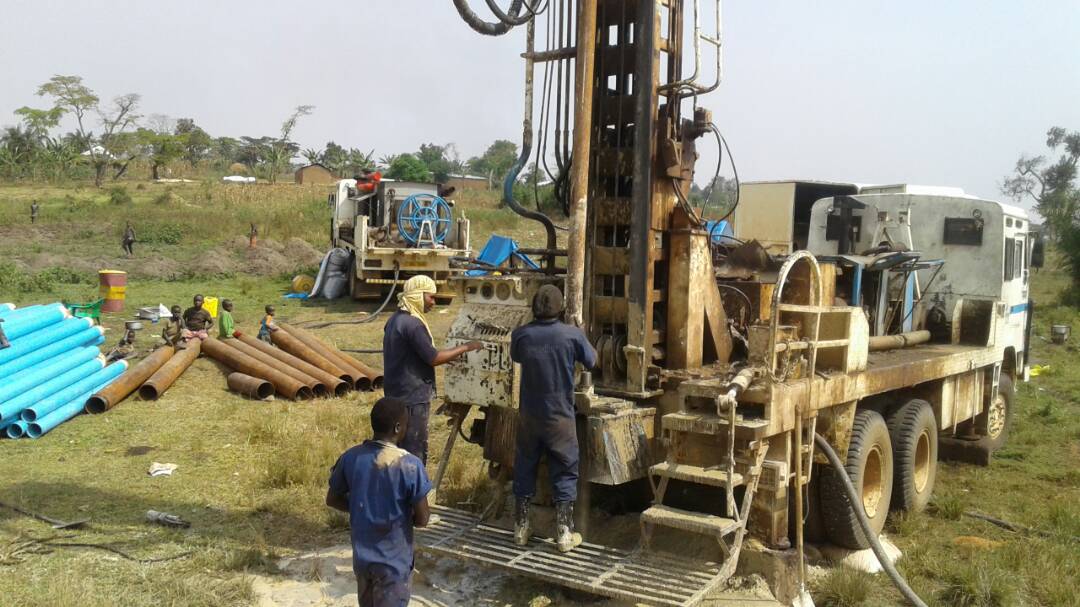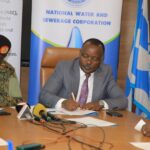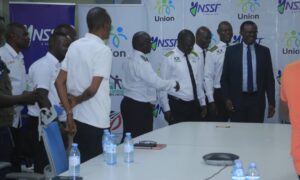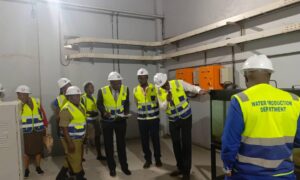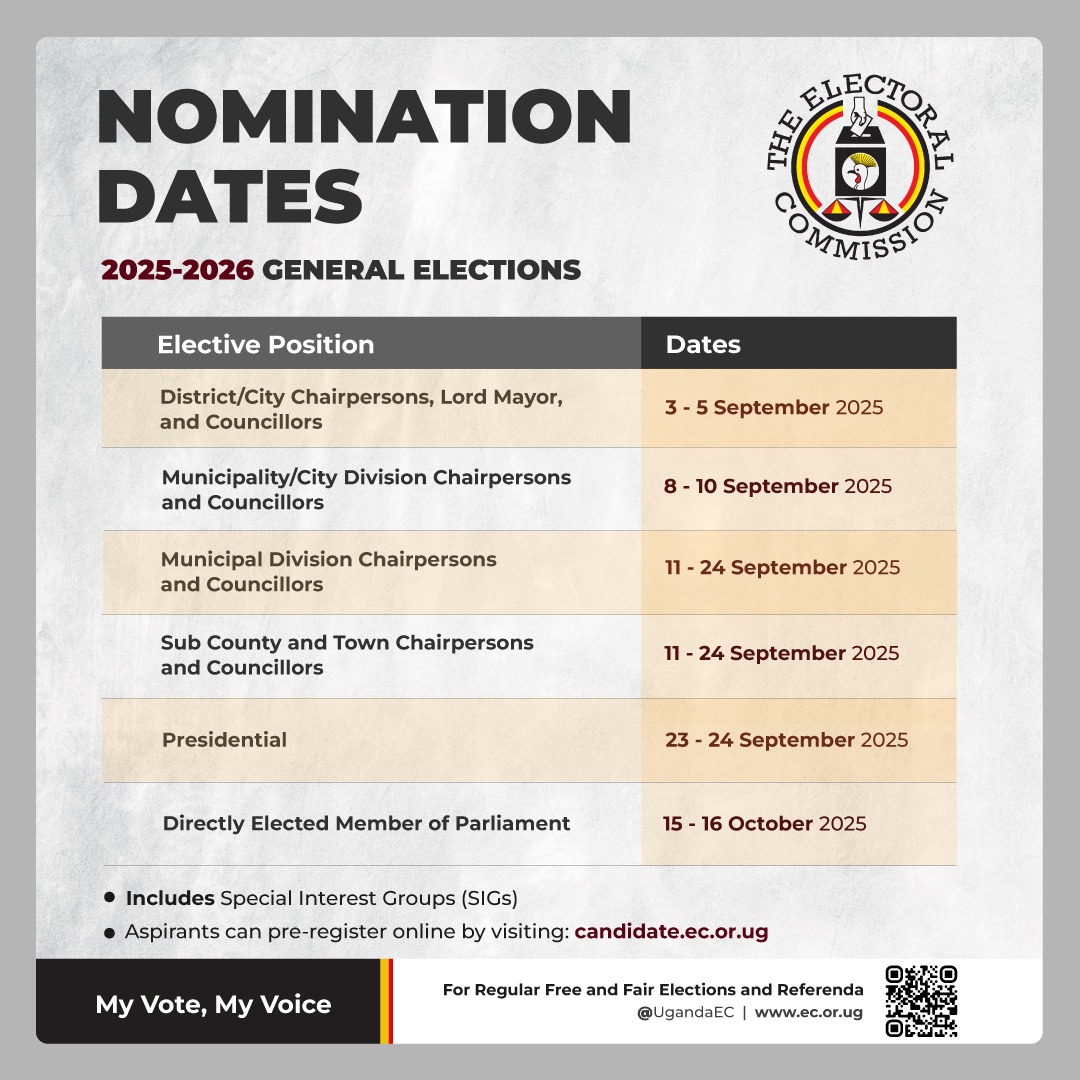PADER: The National Water and Sewerage Corporation (NWSC) has begun drilling motorized boreholes in Kalongo, Pader, a move the utility says will significantly increase water production and improve supply across Pader district, with the corporation describing the works as part of an ongoing push to expand reliable, piped water services in northern Uganda and reiterated its commitment to clean, safe water for all.
According to them (NWSC), the new motorized production wells will feed treated water into local systems and reduce reliance on distant or seasonal surface sources.
The corporation expects the increased yield from the boreholes to ease persistent shortages and shorten the long daily journeys many residents (especially women and children) make to fetch water.
Northern Uganda has long faced water access and service-quality challenges that make infrastructure investments urgent. Borehole drilling and rehabilitation projects have been a major focus of humanitarian and development partners in the region, with reports showing recent efforts to drill new boreholes and rehabilitate non-functional ones in Kitgum, Agago and Pader, reaching dozens of communities and health centers.
These interventions sought both to raise the number of functioning water points and to reduce the time people spend fetching water from long distances.
In parts of northern Uganda where safe boreholes replaced contaminated shallow wells, local clinics and communities recorded declines in diarrheic disease and other water-borne diseases, and pupils lost less school time to water-related sickness, evidence which underlines why rapid expansion of dependable production sources (like motorized boreholes that can supply piped networks) is a priority for public health and development outcomes.
Despite progress, functionality and sustainability remain concerns. District surveys and past project reports show varied functionality rates for water points across neighbouring districts, indicating that new drilling must be matched by plans for maintenance, local management and spare-parts supply.
The Kalongo boreholes will be motorised production wells rather than single handpumps, meaning they can deliver larger volumes for households, schools, health facilities and small enterprises, a design which helps supply piped connections and public taps, which in turn reduces queues and the health risks associated with crowded, unsafe water points.
The corporation also noted that increasing supply at source is only one part of a wider plan that includes network extensions, metering and community engagement to ensure the new water reaches users affordably and reliably.
Local and international organisations have previously partnered on similar projects across the north, drilling and rehabilitating dozens of boreholes and offering technical training to communities. Those joint interventions demonstrate that combining investment in drilling with community-led management typically yields the best results for sustained access. NWSC said it will coordinate with district water offices and partner agencies to align the Kalongo works with existing maintenance and hygiene-promotion efforts.
As NWSC ramps up production capacity in Pader, the corporation urged communities to report faults quickly and to support local water-user structures charged with day-to-day upkeep. Officials also highlighted that motorised systems require clear plans for power, spare parts and routine servicing, aspects the utility said it is building into the Kalongo project design to protect the new investments from early breakdowns.
If sustained, the additional yield from Kalongo’s motorised boreholes could reduce pressure on other fragile water points in Pader, improve service to clinics and schools, and cut the distance and time residents spend collecting water, outcomes that development partners say are essential to improving health, education and livelihoods across northern Uganda.


